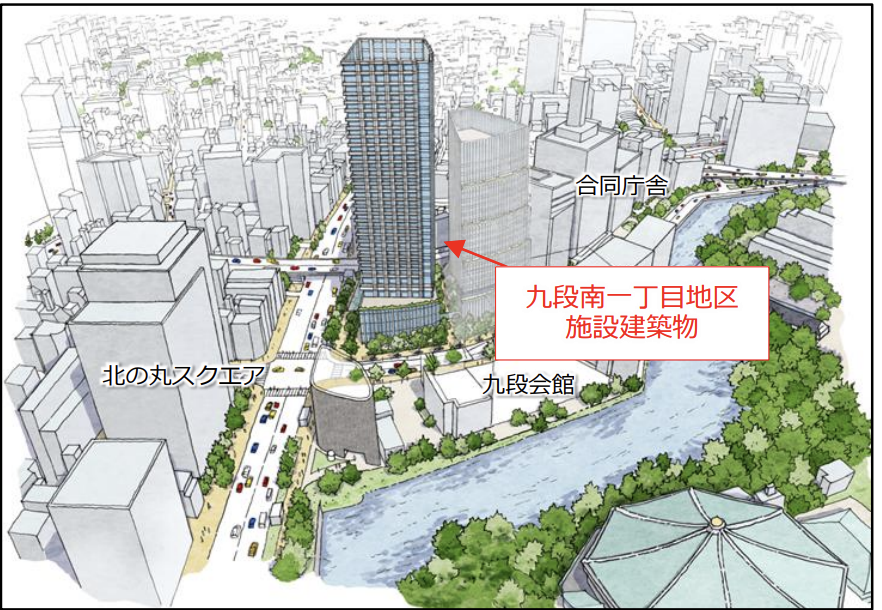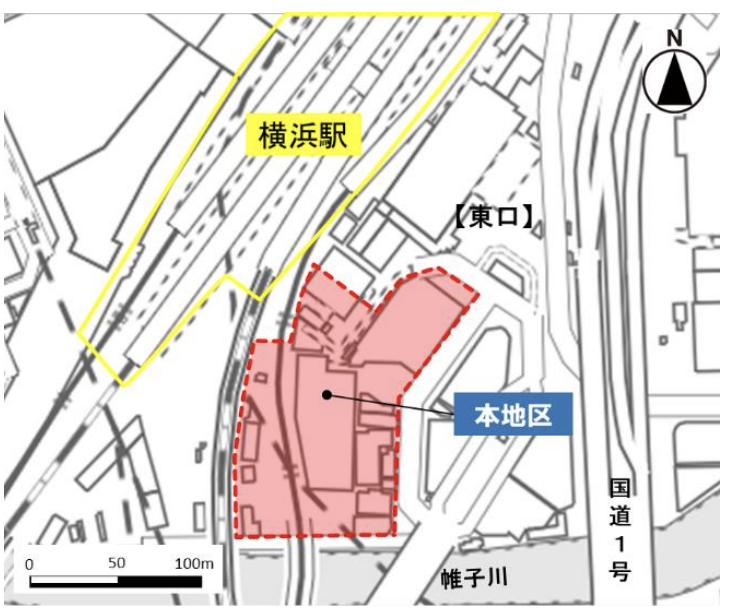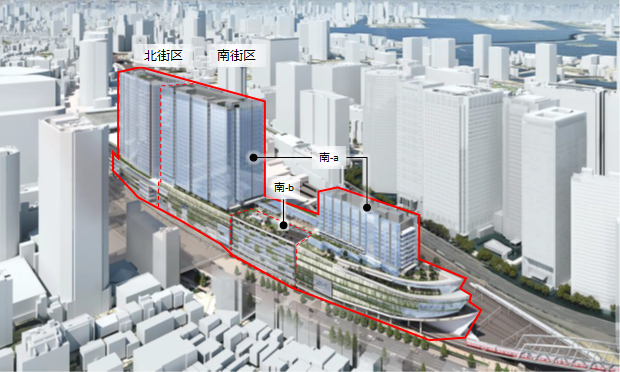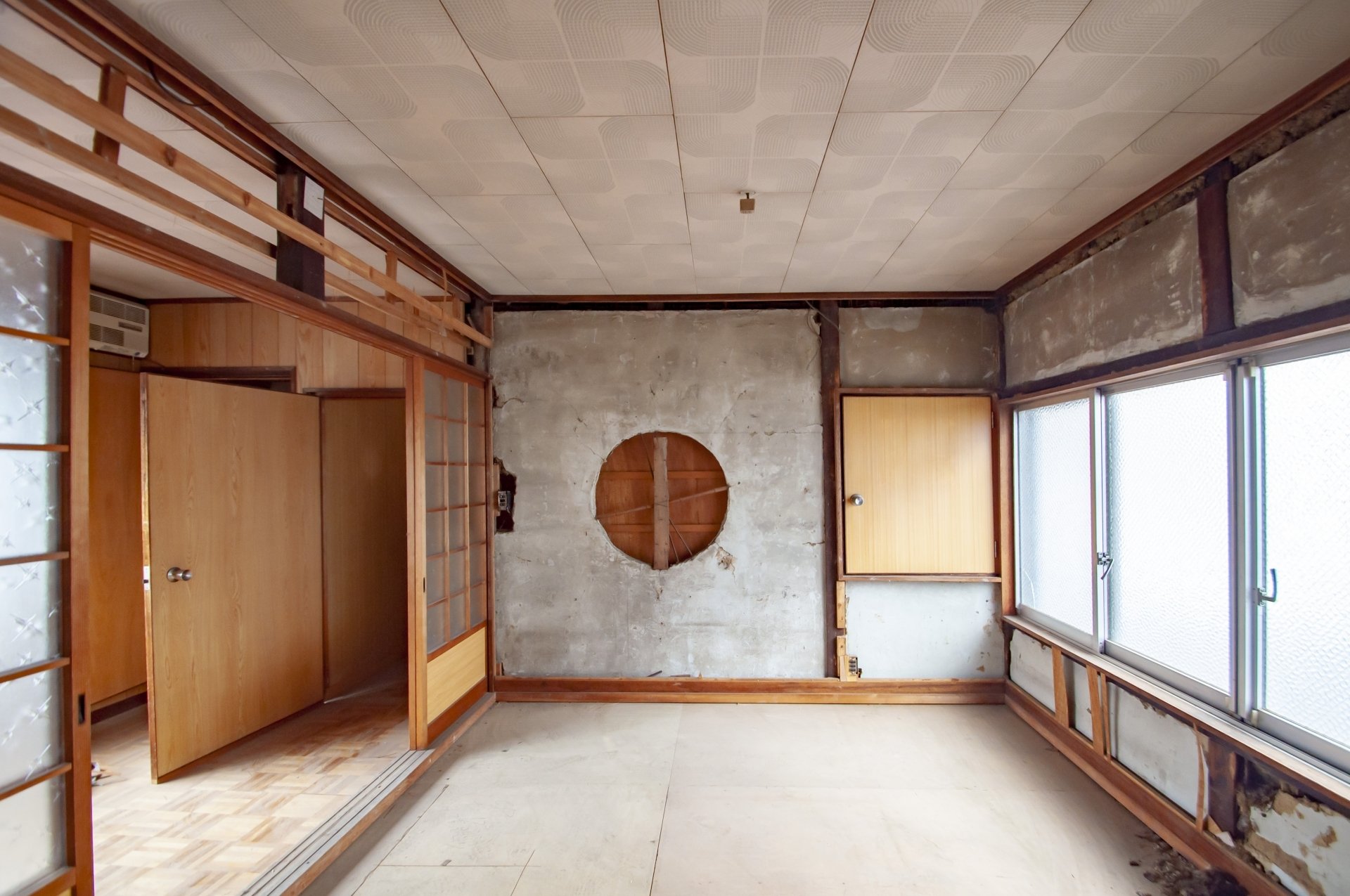For those of you who are considering selling your condominium, the calculation of a proper appraisal value is the first step toward success.
Although there are multiple methods for real estate appraisal, the transaction example comparison method is widely used as the most common and reliable appraisal method. This method calculates the current market value based on past transactions of properties similar to the condominium to be sold.
In this article, based on our experience in numerous condominium assessments as INA&Associates, we will explain in an easy-to-understand manner for the general public, from how the transaction case comparison method works to how it is actually utilized.
By acquiring the correct knowledge of condominium assessments, you will be in a better position to set a fair price and negotiate when selling. You will also be able to acquire the ability to judge the validity of appraisal results.
Basic Concept and Importance of the Transaction Case Comparison Method
What is the Transaction Case Comparison Method?
The " transaction example comparison method " is a method to collect past transaction examples of properties similar in location, building structure, age, exclusive area, etc., to the condominium to be assessed, and to calculate the appraisal value based on the contract prices of those properties.
The reason why this method is considered important in real estate appraisal is that it utilizes objective data based on actual market transactions, and thus the results of the appraisal are highly reliable. It enables an appraisal that reflects the reality of the market, i.e., the price actually paid by the buyer, and not just theoretical calculations.
In the Real Estate Appraisal Standards, the transaction case comparison method is positioned as one of the three major methods, and is considered the most important method, especially in the appraisal of residential real estate.
Detailed Explanation of the Appraisal Process
The appraisal by the transaction case comparison method is carried out in the following step-by-step process.
Phase 1: Collection of transaction examples
Transaction data of similar properties that have closed within the past 6 months to 1 year in the area surrounding the condominium to be appraised will be collected. Information to be collected includes closing price, closing date, detailed information on the property (age, exclusive area, floor plan, number of floors, orientation, etc.), location conditions, and building management conditions.
To collect data, we utilize public data such as contract information from the Real Estate Information Network System (REINS), public land prices, roadside land prices, and property tax assessment values. In addition, if there are past transaction cases within the same condominium, those are especially important reference data.
Phase 2: Case Selection and Analysis
From among the transaction cases collected, we will select cases that are highly similar to the property to be appraised. Important selection criteria include proximity of location (ideally within a 500m radius), similarity of buildings (structure and age difference within 5 years), and similarity of size (exclusive area difference within 20%).
The selected cases will be analyzed in detail in terms of market trends at the time of closing, individual property characteristics, special circumstances of the transaction, etc., and compared with the property to be appraised.
Third Step: Price Adjustment and Appraisal Value Calculation
Based on the contract prices of the selected transaction cases, the differences from the property to be appraised will be adjusted and calculated. Adjustment factors include point-in-time adjustments (market fluctuations from the time of closing to the time of appraisal), regional factors (superiority or inferiority of the location), and individual factors (condition of the building, quality of facilities, management status, etc.).
Multiple comparable values calculated through these adjustments are comprehensively examined to determine the final appraisal value.
Comparative Analysis with Other Appraisal Methods
In addition to the transaction case comparison method, there are two other methods of real estate appraisal: the cost method and the income capitalization method. Let's compare the characteristics and application scenarios of each.
| Appraisal Methods | Basic Concept | Main application scenarios | Advantages | Disadvantages |
|---|---|---|---|---|
| Transaction Case Comparison Method | Based on actual transactions of similar properties | Residential condominiums | Reflects actual market conditions | Difficulty in collecting case studies |
| Cost method | Depreciation adjustment from replacement cost | New and special buildings | Objective calculation | Deviation from market value |
| Income Capitalization Method | Present value of future earnings | Investment and rental properties | Emphasis on profitability | Difficulty in setting rents |
The cost method is a method that calculates the price by adjusting the depreciation based on the age of the building from the cost if the building to be appraised were newly constructed at the present time (replacement cost). Although this method focuses on the physical value of the building, it may not fully reflect the market demand-supply relationship or the value of the location.
The income capitalization method is a method that calculates the price by discounting the revenue that the property is expected to generate in the future back to its present value. It is suitable for the appraisal of investment condominiums and rental properties, but is not generally used in the appraisal of residential condominiums.
In the appraisal of residential condominiums, the transaction example comparison method, which reflects actual market transactions, is considered the most appropriate and reliable method.
Explanation by Actual Appraisal Cases
We will explain the practical use of the transaction case comparison method through specific appraisal examples.
Summary of the property to be appraised
- Location: Minami-Aoyama, Minato-ku, Tokyo
- Building age: 15 years
- Exclusive area: 70m2
- Floor Plan:2LDK
- Number of floors:8F/15F
- Direction:South facing
Transaction cases collected
| Case Example | Contracted Price | Age of building | Area | Number of floors | Direction | Contract Date |
|---|---|---|---|---|---|---|
| Property A | 85 million yen | 12 years | 68 sq.m. | 10th floor | Facing south | 3 months ago |
| Property B | 82 million yen | 18 years | 72 sq.m. | 6th floor | Facing East | 2 months ago |
| Property C | 88 million yen | 13 years | 69 sq.m. | 12th floor | Facing southwest | 1 month ago |
Price adjustment
Example of adjustment based on Property A:
- Base price: 85 million yen
- Age adjustment: +3 years (-1.5 million yen)
- Area adjustment: +2m2 (+500,000 yen)
- Floor adjustment: -2F (-1,000,000 yen)
- Point in time adjustment: None (within 3 months)
- Adjusted value: 83 million yen
Similar adjustments were made for Property B and Property C, and the final price range was calculated to be 82 million yen to 84 million yen. Based on a comprehensive review, the appraised value was determined to be 83 million yen.
Notes and Points to Improve Appraisal Accuracy
In order to improve the accuracy of the appraisal based on the transaction case comparison method, the following points should be noted.
Importance of Case Selection
Selection of highly similar cases directly leads to improvement of appraisal accuracy. Regarding the location conditions, the distance from the nearest station, the surrounding environment, and the quality of commercial facilities should be comprehensively evaluated. Regarding building conditions, important factors include structure (RC, SRC, etc.), year of construction, management status, and the quality of common facilities.
Grasping Market Trends
Since the real estate market is constantly changing, it is important to appropriately reflect changes in the market environment between the time of closing of transactions and the time of the appraisal. External factors such as interest rate trends, economic conditions, and regional development plans may also affect the appraisal.
Detailed Analysis of Individual Factors
Even within the same condominium, price differences can arise depending on the number of floors, direction, corner or middle room, remodeling history, status of updated facilities, and other factors. Detailed analysis of these individual factors and appropriate adjustments will lead to improved appraisal accuracy.
Verification by Multiple Cases
Instead of relying on a single case study, multiple similar cases can be collected and cross-validated to increase the reliability of the appraisal results. It is important to exclude transactions with outliers or special circumstances, and to conduct assessments that reflect general trends in the market.
Summary: For the calculation of an appropriate appraisal value
The transaction case comparison method is the most reliable and practical method for condominium assessments.
The core of this method is the objective price calculation based on actual market transaction data. By analyzing in detail the prices at which properties in similar conditions to the property being assessed are traded, the current market value can be accurately ascertained.
Important Points for Successful Appraisal
In order to obtain an appropriate appraisal value, it is essential to collect abundant transaction case data and have professional analytical skills. In addition, the ability to sensitively detect changes in market trends and reflect them in the appraisal is also important.
There are also limitations to conducting assessments on an individual basis. Access to detailed contract information from the Real Estate Information Network (REINS) and specialized market analysis often require the expertise and experience of a real estate agent.
Next Steps
When considering the sale of a condominium, we recommend that you request an appraisal from multiple real estate companies and confirm the basis for each appraisal in detail. By asking for an explanation not only of the assessed value, but also of the calculation process and the transaction examples used, you can obtain a more reliable assessment result.
At INA&Associates, we will accurately assess the fair value of your condominium by utilizing our extensive transaction experience and expertise. Using a scientific approach centered on the transaction case comparison method, we present an appraisal value that reflects the market value and support your successful sale.
Please feel free to contact us for any inquiries regarding condominium assessments and sales.
Frequently Asked Questions
Q1:Is there ever a difference between the assessed value and the actual sale price based on the transaction case comparison method?
There may be a difference between the assessed value and the actual sales price.
The assessed value is a guide to a fair price calculated based on past transaction cases, but the actual sale price may vary depending on the balance of supply and demand in the market, the time of sale, sales strategies, negotiations with the buyer, etc. In general, ±10% of the assessed value will be the same as the actual sale price. In general, it is said that properties are often sold within a range of ±10% of the assessed value.
In order to sell at a price that exceeds the assessed value, it is important to determine the appropriate sales strategy and market timing.
Q2:Is the transaction case comparison method effective even for older condominiums?
The transaction case comparison method is effective even for older condominiums, as long as there are appropriate examples.
However, if the property is older than 30 years, it may be difficult to collect similar cases. In such cases, it is necessary to select cases with a large adjustment range for the age of the building or with an emphasis on the location of the property.
In addition, renovated properties or properties with good management conditions may have a value greater than the age of the building, so a detailed analysis of individual factors is particularly important.
Q3:What if there are no previous transactions within the same condominium?
If there are no examples within the same condominium, we will use examples of transactions of similar condominiums in the neighborhood.
As a selection criterion, priority is given to condominiums within walking distance (within a 500m radius), of similar age, and of the same structure and size. Minor differences in location conditions will be adjusted by comprehensively evaluating the distance from the nearest station, the surrounding environment, and the quality of commercial facilities.
By collecting examples from multiple similar condominiums, we are able to maintain the accuracy of the assessment.
Q4:Are there any documents that should be prepared when requesting an appraisal?
We recommend that you prepare the following documents in order to improve the accuracy of your appraisal
These include a certified copy of the property registry, a notice of property tax payment, a detailed statement of management fees and reserve fund for repairs, the management agreement of the condominium, a long-term repair plan, a floor plan, and documents that show the renovation history.
These documents allow us to obtain accurate information about the property and conduct a more precise appraisal. Although an appraisal can be performed even if documents are missing, providing us with as much detailed information as possible will help us improve the accuracy of the appraisal.
Q5:What should I do if I am not satisfied with the assessed value?
If you have any doubts about the assessed value, it is important to first ask for a detailed explanation of the basis for the assessment.
Receive specific explanations about the examples of transactions used, the details of adjustments, and analysis of market trends to confirm the validity of the appraisal process. It is also effective to request an appraisal from multiple real estate companies and compare the results.
If you are still not satisfied, one option is to consider a formal appraisal by a real estate appraiser. However, since appraisals are costly, it is important to make a decision based on consideration of the combination of the appraisal and the expected sale price.

Daisuke Inazawa
Representative Director of INA&Associates Inc. Based in Osaka, Tokyo, and Kanagawa, he is engaged in real estate sales, leasing, and management. He provides services based on his extensive experience in the real estate industry. Based on the philosophy that “human resources are a company's most important asset,” he places great importance on human resource development. He continues to take on the challenge of creating sustainable corporate value.

.png)













